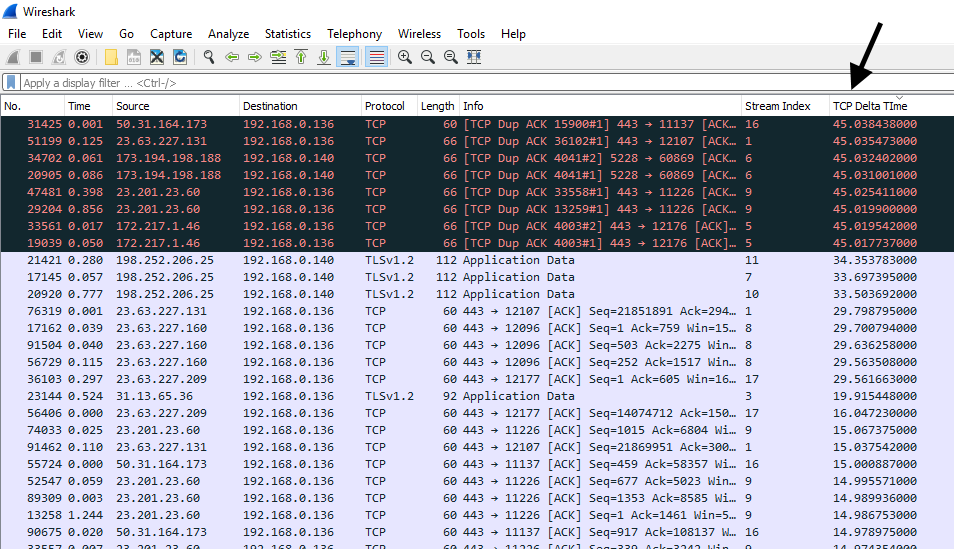

Since this is the syntax that is most commonly used in packet analysis, it’s important to understand how it works. Within Wireshark, a syntax called Berkley Packet Filter (BPF) syntax is used for creating different capture filters. How do they work? By setting a specific filter, you immediately remove the traffic that does not meet the given criteria. These filters are used before the process of packet capturing. Knowing how to use different filters is extremely important for capturing the intended packets.
What type of traffic do you want to analyze? The type of traffic will depend on the devices within your network. What devices do you have inside your network? It’s important to keep in mind that different kinds of devices will transmit different packets. Do you have promiscuous mode supported? If you do, this will allow your device to collect packets that are not originally intended for your device. The process of analysis in Wireshark represents monitoring of different protocols and data inside a network.īefore we start with the process of analysis, make sure you know the type of traffic you are looking to analyze, and various types of devices that emit traffic: HTTP with Secure Sockets Layer – HTTPS (HTTP over SSL/TLS) If you want to learn about the most common ones, check out the following list: Port numberĭynamic Host Configuration Protocol – DHCP Different ports are used for different protocols. And public ports are ports from 49152-65535, they can be used by any service. Then, from 1024 to 49151 are registered ports – they are assigned by ICANN to a specific service. They can be divided into three different categories: ports from 0 – 1023 are well-known ports, and they are assigned to common services and protocols. You can see what it did was it, let's pull this over here.There are 65,535 ports. Now, if we go to stream analysis, I have selected one of the streams. Now, once you get in there, select one of the streams and then go to telephony and RTP. Well, what we have to do is help Wireshark by letting Wireshark know that we do have this traffic. Wow, okay, we see the streams and stream analysis. We see it in there and let's see if we can get it to come up under the menu choice telephony. And as you can see, we do have real-time transport protocol. So we've used this before and it is just a nice little capture. If you'd like to follow along, I'm on CloudShark and I got this packet capture where we can go to export, download file, and then open it in Wireshark. When working with Wireshark and a voice over IP packet capture, there's a number of different statistics we can do to analyze the traffic flow.





 0 kommentar(er)
0 kommentar(er)
